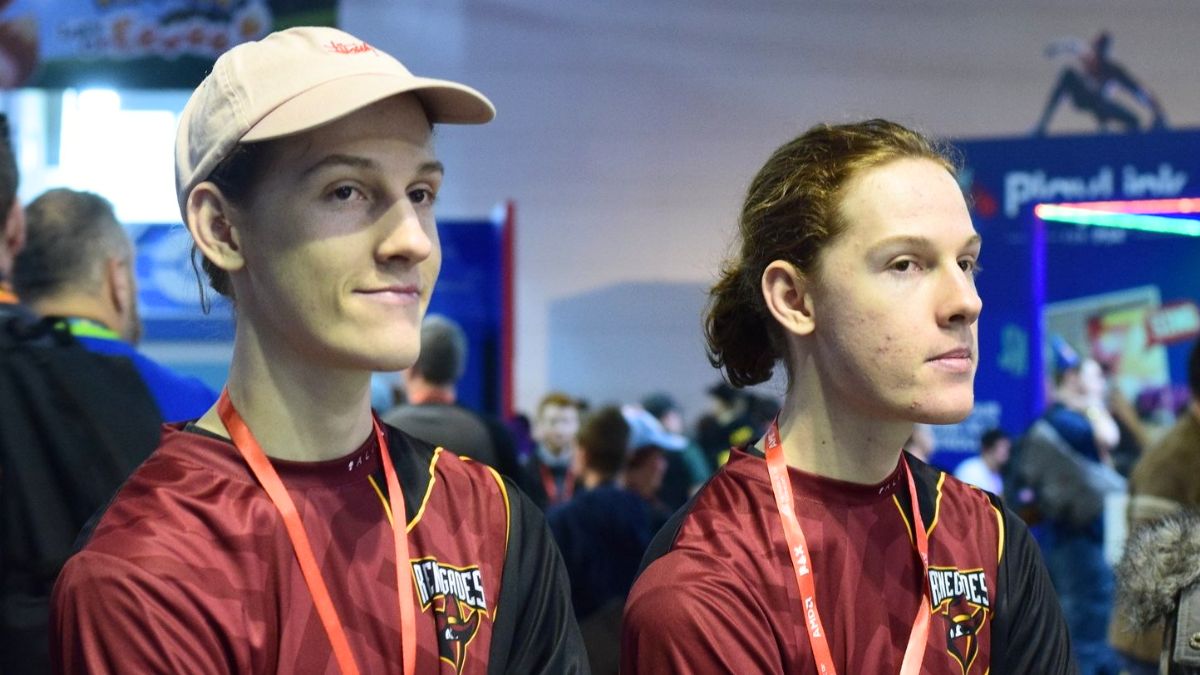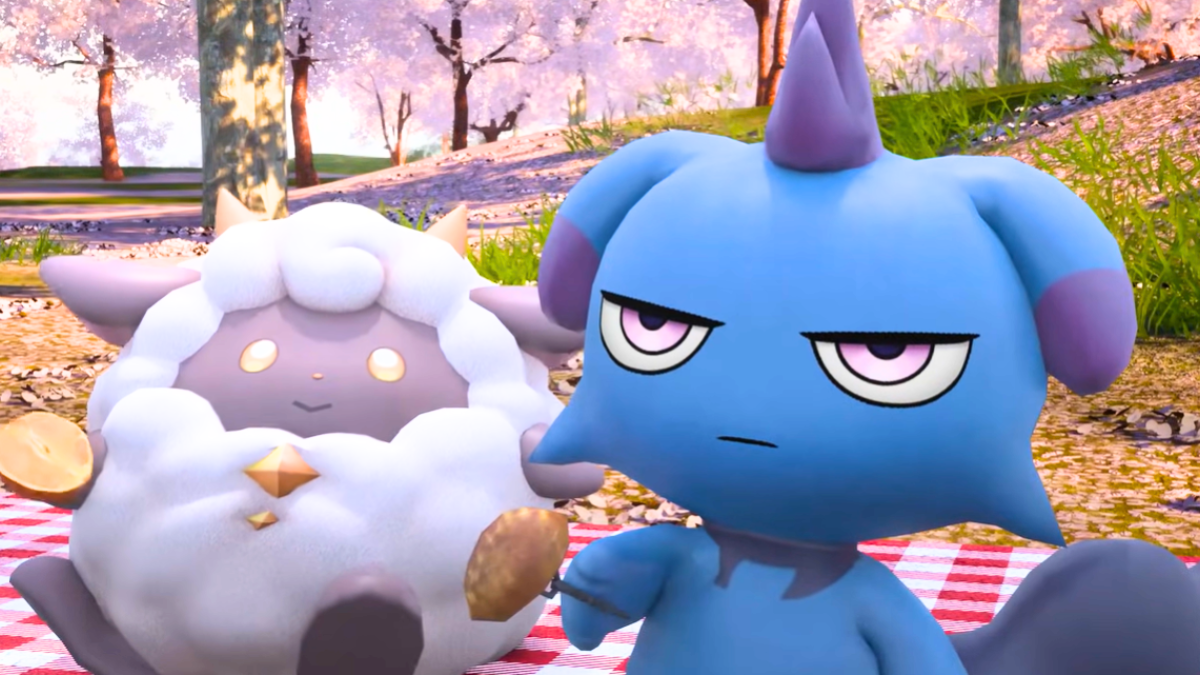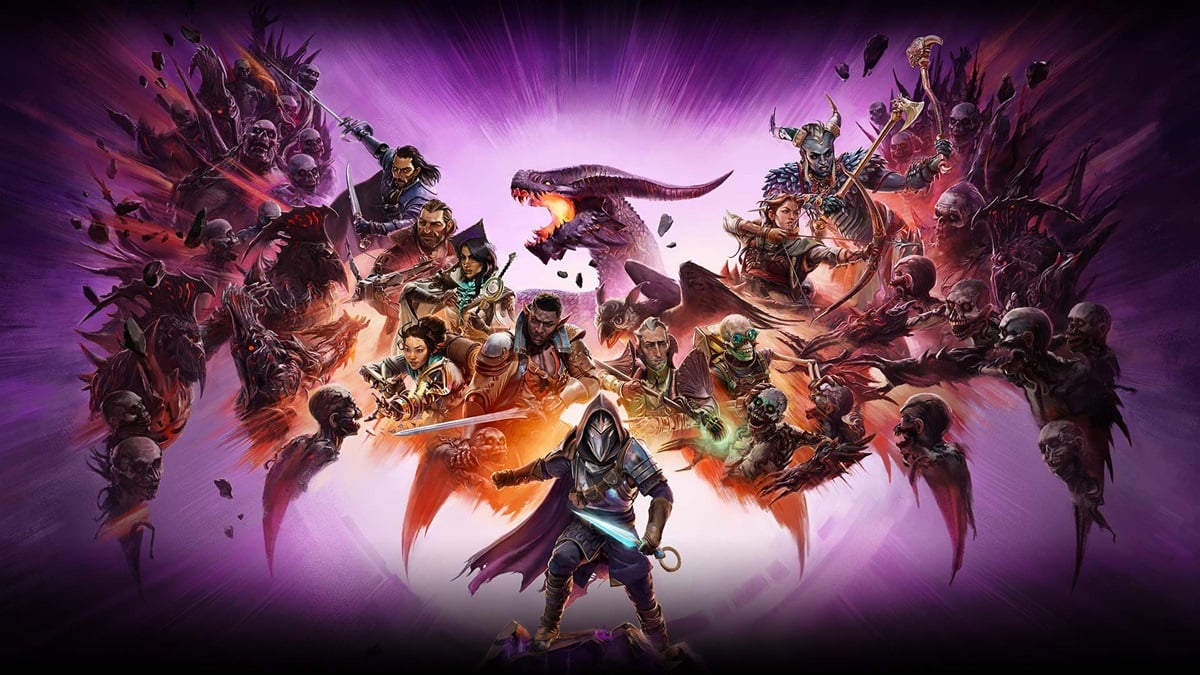From the very first moment I saw The Last Guardian, way back in 2009, I was totally captivated. The charming story about a boy and his giant beast companion, their unbreakable bond, and an epic journey set amid a mysterious and beautiful environment seemed like everything I could ever want in a video game. Seven long years later, I’ve finally played The Last Guardian, and while there was frustration in the game’s antiquated design, these irritations weren’t enough to spoil what is, without a doubt, a special and extraordinary experience.
Right from the start, The Last Guardian draws you into the fairytale of its endearing premise. Awaking after unconsciousness, our protagonist finds himself covered in mysterious, ancient-looking tattoos. Laying next to him is Trico, an awe-inspiring beast of epic proportions. But it’s injured, frightened, chained to the ground and wary of our presence. Compelled by pity, and, in part, by Trico’s intimidating roar, I climb onto its back, remove the spears, and free the shackle from its neck.
With the help of some food as a bribe, Trico follows, and we move forward and begin to help each other navigate the unknown. With these small steps, I’ve gone some way to earning Trico’s trust. And immediately, I’m enamoured by the notion of strengthening our bond and uncovering the secrets of this strange world together.
The Last Guardian just beckons you to play it like a fairy tale. It’s so gorgeous that I find myself walking, measuring my movements, and slowly panning the camera — as if I’m creating a trailer for E3 — to savour the fantasy of this dreamy environment. Once you’ve moved through the opening hours of the game, the crumbling ruins of its environment grow in scale. It’s awe-inspiring stuff that is a true marvel to behold. The ambience is often tranquil but equally foreboding and eerie, too.
Trico itself is magnificent, photogenic to the point where I find it hard not to continually hit the screenshot button to capture its majesty. Even though I know Trico’s movements are dictated by computer code, I still feel compelled to treat it like a real animal, to humour its mood; tip-toeing around when it’s bothered or patting Trico to calm his nerves. Indeed, the extent to which Trico’s mannerisms are so convincingly lifelike is arguably the game’s greatest achievement.
Companionship is the premise that drives The Last Guardian’s gameplay as well as its narrative. Puzzles, platforming and combat all revolve around the mutual co-operation of Trico and the boy, and players will need to learn to manipulate that dynamic effectively. The facilitation of traversal is the basis for much of the gameplay, using Trico as an asset through voice commands, allowing the two to scale distant ledges or climb enormous towers. Trico depends on the boy, too, and this is where the game’s puzzle elements come into play. For the most part, these aren’t overly difficult or ambiguous, but there’s plenty of challenge later on. The puzzles are commendably creative, too, and there’s plenty of lightbulb moments that satisfy in their achievement.
Annoyingly, though, these moments of co-operative puzzle gameplay are when The Last Guardian is both at its best and at its worst. Using Trico’s giant proportions and strength to overcome dizzying heights or daring leaps is pure magic when it comes together, but maneuvering Trico into the correct position is often an exercise in frustration. Trico’s authenticity as a creature with a mind of its own is both a blessing and a curse.
The game does feature enemy combatants; mysterious ghostly knights, intent on capturing the boy and killing Trico, appear frequently. As one would expect, Trico does, indeed, act very much as your guardian, while yours is a task of evasion. But as the game progresses you’ll be granted other abilities that allow more offensive measures. This includes using the mirror item, which grants the boy the ability to command Trico’s lightning tail, useful for obliterating enemies and obstacles in stunning blasts of purple sparks.
In ascending to the top of the valley, Trico and the boy scale dizzying heights and dangle from unnervingly precarious ledges. And the set-pieces that comprise The Last Guardian’s most intense and dramatic scenes are unbelievably spectacular, complete with a sublime orchestral score that perfectly complements the grandeur of its theatre. The scripted action sequences really are thrilling, on a level that rivals even the Uncharted series in terms of spectacle.
Charmingly, any time in which the boy is in danger of attack, or there’s an urgency of escaping the collapsing environment, Trico rushes to your aid. And when the danger has passed, it’s the small whimpers of affection or roars of triumph that are so endearing that they’ll have the hair on the back of your neck stood up. This is Fumito Ueda at his best, dreaming up absorbing moments of gameplay that cause one to completely forget that they’re playing a video game.
Unfortunately, though visually superb, The Last Guardian’s clumsy controls mean that platforming just doesn’t feel as accomplished as its aesthetic. The game actually feels closer to the now ten-year-old Shadow of the Colossus than contemporary platforming titles like Uncharted 4. Input is more vague than visceral and players will need to be patient in adjusting to its antiquated design.
Other annoyances come in the form of the lethargic camera, which gets in the way things too often. And given that The Last Guardian’s level design is largely about verticality, requiring one to constantly pan the camera, the fact that it feels such a chore to operate is doubly frustrating. On more than one occasion, I found myself missing an obvious corridor or pathways as a result, and players are definitely advised to amp up the camera movement speed in the options tab to aid with this issue.
Of course, you can compensate for the game’s clunky controls if you know what you’re doing, but it’s hard work. And that’s a shame because this is exactly the sort of gorgeous video game showcase I want to show my non-gamer friends, elders, and young children. But The Last Guardian is sometimes too janky for anyone but a seasoned gamer to adequately control, and playing the game gives me a new appreciation for the poor souls who had to live demo it during E3. When The Last Guardian looks good, it looks spectacular, but it’s much harder than it should be to make that happen.
For a game that has been in development for seven years, originally designed to run on PS3 and now running on PS4 hardware, you would have hoped for better framerates. But sadly, that isn’t the case here, with my launch PS4 frequently dipping into the low 20s in the early parts of the game. There’s sometimes an irritating stutter, too, seconds before a cutscene, which rather spoils immersion. The shame of it is that the game’s superb atmosphere is otherwise utterly beautiful and enveloping. It’s the sort of game that needs a stable framerate, and given that its visuals, while stylized and attractive, aren’t up to the usual Sony first-party standard, it’s rather perplexing as to why it’s so sluggish.
Stranger, still, though, is that the framerate woes aren’t logically consistent. Early in the game, amid enclosed caverns and tight hallways, The Last Guardian stutters, but later in the game, negotiating wide open spaces in scenes that one would have thought were graphically intensive, the game is often butter-smooth. There’s no doubt that midway through, The Last Guardian’s performance suddenly improves. This, perhaps, is a result of the growing pains of a game seven years in the making.
Certainly, before I’d adjusted to the game’s controls, been thwarted several times by its old-fashioned camera, and appreciated how best to effectively maneuver Trico, I wasn’t sure I’d ever mesh with The Last Guardian. But pushing past this wall, I discovered that there is so much to enjoy, so many special moments that simply can’t be found in any other video game. And as the intensity of it increases and the grandeur of its design reaches a crescendo, The Last Guardian’s shortcomings become less of a sticking point.
But there’s no doubt, you have to indulge in the notion that Trico is a real animal to get the most out of The Last Guardian. Don’t expect it to always comply or move at the drop of a hat, and players not willing to use their own imagination might find themselves growing tired of waiting for it to play ball. The game assumes you’ll care enough to pet Trico when he’s upset, feed him when he’s hungry, nurture his injuries, and respect his autonomy as an animal. This isn’t lightning fast action, slick gameplay, or tight platforming, but The Last Guardian has an X-factor that I’ve felt from few other games. And it’s narrative, too, ends up as a surprisingly dark fantasy tale that truly does inspire wonder in a way that too many modern game’s abandon for more literal storytelling.
The Last Guardian certainly isn’t a perfect game. In fact, at times it’s clumsy and fidgety to the point of irritation. Yet, when things finally click into place and Trico and the boy share one of their many endearing moments of companionship, I can’t help but brush these qualms aside and become totally drawn into this epic tale. Yes, gameplay is sometimes laborious, and, yes, its design is as antiquated as the game’s seven-year development time reflects. But in the end, not playing The Last Guardian based just on these complaints would be to deny yourself some of the best moments you might have with a video game this year. I’m in no doubt that while players will have to push through moments of hair-tearing frustration to get the best out The Last Guardian, in the end, it’s absolutely worth enduring.





Published: Dec 8, 2016 02:51 pm